The Ten Essentials of Hiking
1. First Aid Kit.
You don’t have to be prepared for cardiac bypass surgery on the trail. Keep it simple: A few bandaids, some gauze and adhesive tape, an elastic bandage for twisted knees or ankles, some butterfly bandages for deep cuts, a few antihistamines for bee stings, and some pain killers are most of what is needed for day hiking. For extended backpacking trips, you might want to add a few more things.
2. Maps.
Carry topographical maps. If you don’t know how to read one, learn. Such is pretty simple and it is really important that you have basic map reading skills. You can purchase topo maps from a number of outdoor shops in the area or you can download them for free from any numbers of web sites. No excuses.
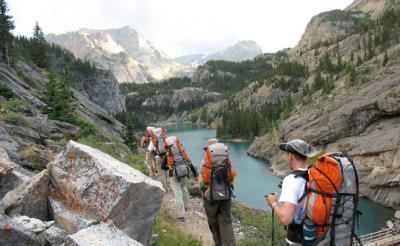
3. Compass.
Do not assume you can find north on a cloudy day without instrumental assistance. You don’t have to spend a lot of $$ on a compass, but given that in the western US, the differences between true north and magnetic north are significant, make sure you get one that can correct for these differences.
4. Rain Gear.
Weather can change really quickly in the Rocky Mountains, so be prepared. The cost of rain gear has plummeted dramatically in the last two decades. Rain and wind protection can be essential to your survival, especially if you sustain an injury.
5. Extra Clothes,
Including a wool or fleece hat. You lose at least 35% of your total body heat through your head. That 35% can make a tremendous difference in cool weather. The hat may be the thing that keeps you alive through an unscheduled night out. But most of all, it keeps the brain warm, so that you can think your way out of any predicament in which you find yourself.
6. Matches.
Get the waterproof variety, or put the regular ones in a waterproof container. Cigarette lighters are very convenient. But try to use them after the flint has gotten wet, and you’ll see why people who carry them also carry matches.
7. Knife.
We’re not talking here about the 40-tool, everything-including-the-kitchen-sink Swiss Army variety. Just a simple, one or two blades type will do. To cut fabric, make a large bandage, shave kindling, cut some cord, etc.
8. Flashlight or Headlamp.
This one seems to raise the most eyebrows among novice hikers. “Why do I have to take a flashlight for a day hike?” Of course, the answer is because it’s only light about half of the time. Sometimes, it’s difficult to judge the amount of time that it will take to complete a hike. There are any number of reasons why you might be out after dark. But walking in the dark on a trail, without a light, can be a terrifying experience, especially after you’ve fallen a few times.
9. Extra Food.
“Extra” implies that you have some food with you to begin with. Look, we know that no one is likely to starve to death, even if you go without food for a week or two. But that extra snack bar will give your body a little charge to help keep warm on a cold day, and may help you think straight.
10. The Tenth Essential.
This is your call. Think about what might be important to you. For some, it might be strong insect repellant, for others, toilet paper, or a GPS. Probably, everyone should try to take along a good load of common sense.
See more on this subject at: www.twohikers.org/Gear/TenEssentials.htm

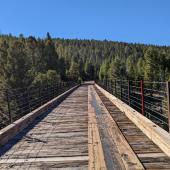
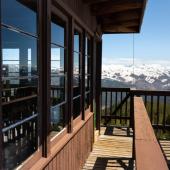
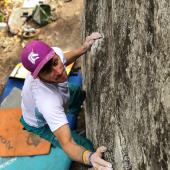

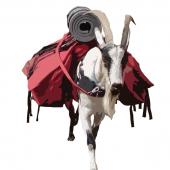
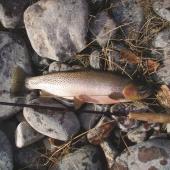

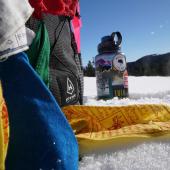


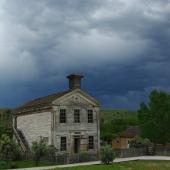
Leave a Comment Here